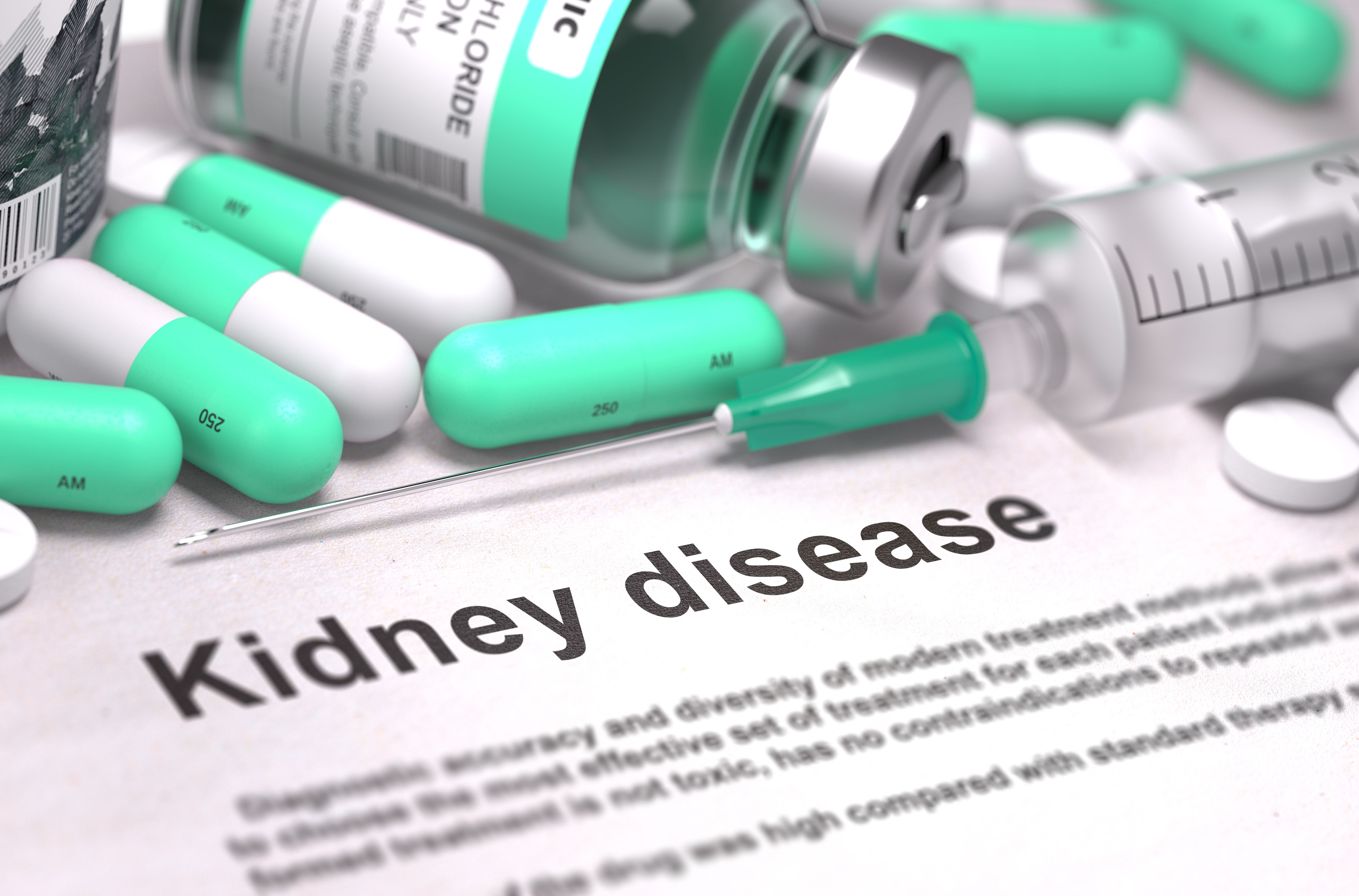Article
Kidney Failure Due to Acute Injury Deadlier Than Diabetes, Data Show
Author(s):
Acute kidney injury is a sudden onset of kidney damage that causes waste products to build up in the body. These episodes have become more common during the coronavirus disease 2019 pandemic, causing kidney failure in some previously healthy patients who had no prior history of renal problems.
Data from more than 1 million patients show that patients who suffer kidney failure from acute kidney injury (AKI) are more likely to die than those who end up on dialysis from diabetes.
The findings, which appeared online last week in the Clinical Journal of the American Society of Nephrology, are based on an analysis from the US Renal Data System (USRDS). Investigators found that the period within 6 months of an AKI presents the greatest risk of early mortality.
AKI is a sudden onset of kidney damage that causes waste products to build up in the body. These episodes have become more common during the coronavirus disease 2019 (COVID-19) pandemic, causing kidney failure in some previously healthy patients who had no prior history of renal problems.
The USRDS data evaluated for the recent study covered the period from January 2005 to December 2014. Researchers examined the association between AKI and all-cause mortality, and looked for associations of gender and race with kidney recovery. The mean age of patients in the registry was 63 years, and 3% were on dialysis due to AKI. Compared with patients who had experienced kidney failure because of diabetes, those on dialysis due to AKI had much higher mortality rates, especially within the first 3 months:
- 0-3 months following dialysis initiation, adjusted HR for AKI is 1.28 (95% CI, 1.24-1.32)
- 3-6 months following dialysis initiation, adjusted HR for AKI is 1.16 (95% CI, 1.11-1.20).
Of those with kidney failure due to AKI, 35% eventually recovered their kidney function. Most patients (95%) recovered kidney function within 12 months. Women were less likely to recover kidney function than men, with an adjusted HR of 0.86 (95% CI, 0.83-0.90).
The study found significant racial disparities in the likelihood of patients to recover kidney function; the authors said this could be due to delays with the start of dialysis. Compared with white patients, black patients were 32% less likely to recover kidney function (adjusted HR, 0.68; 95% CI, 0.64-0.72), with Asians and Hispanics both 18% less likely (adjusted HR for Asians, 0.82; 95% CI, 0.69-0.96; for Hispanics, adjusted HR, 0.82; 95% CI, 0.76-0.89). Native Americans were 28% less likely than whites to recover kidney function (adjusted HR, 0.72; 95% CI, 0.54-0.95).
Reference
Shah S, Leonard AC, Harrison K, et al. Mortality and recovery associated with kidney failure due to acute kidney injury. Clin J Am Soc Nephrol. Published online June 17, 2020. doi:10.2215/CJN.11200919




